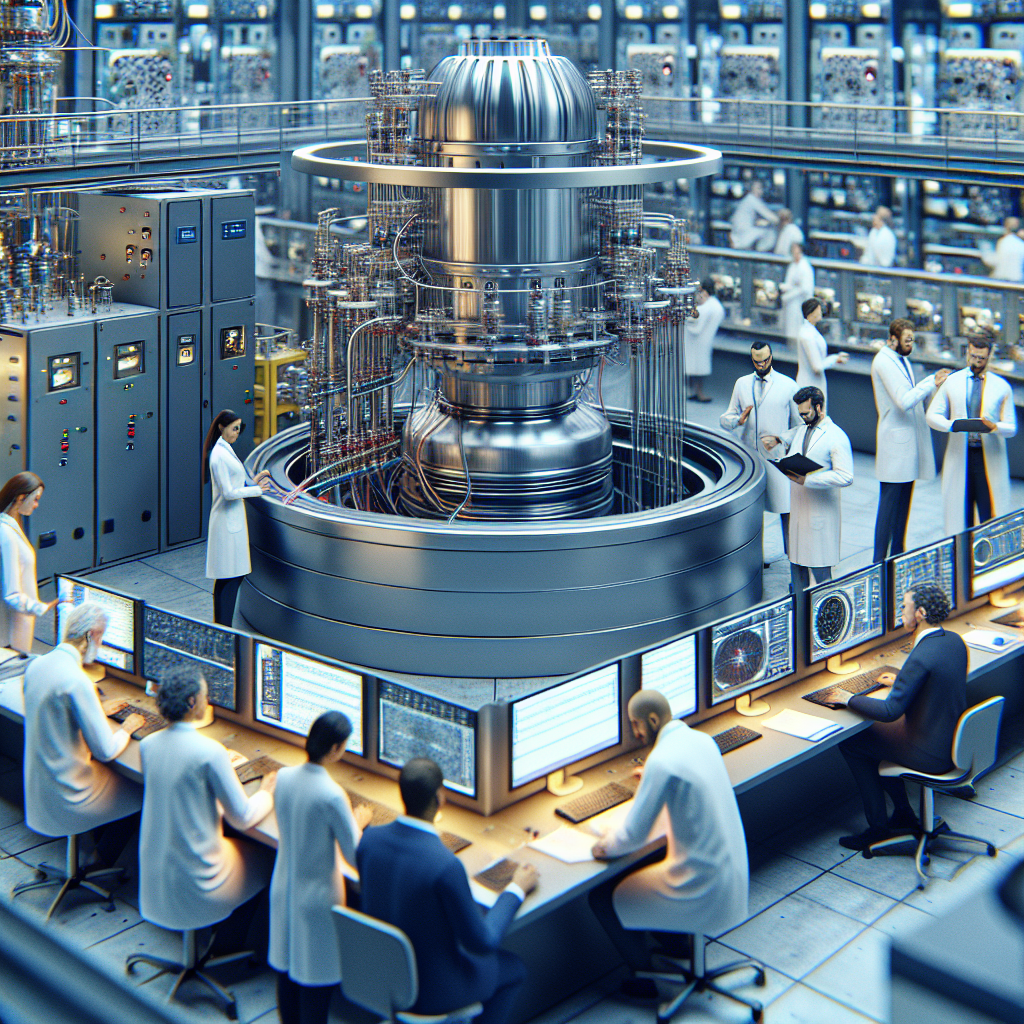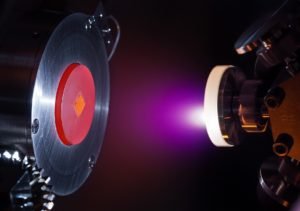Neutrinos, ultra-reluctant participants in the dance of particles, have finally been captured near a Swiss reactor by nimble detectors. This elusive find could herald a new age of neutrino science with compact detectors leading to innovative applications.
The Journey to Detect Neutrinos
The concept of neutrinos first emerged in the early 20th century, as physicists sought to decode the mysteries of particle physics. Neutrinos are subatomic particles that are part of the lepton family, known for their elusive nature. Enrico Fermi, an Italian physicist, coined the term “neutrino” when proposing the theory behind beta decay. Neutrinos have a neutral charge and an incredibly tiny mass, making them extremely difficult to capture.
The elusiveness of neutrinos owes much to their weak interaction with matter. Unlike charged particles, neutrinos can travel through entire planets without interacting. They are ubiquitous, stemming from the Sun, radioactive decays, nuclear reactions, and even cosmic events such as supernovae. However, their presence rarely influences their surroundings, rendering them nearly invisible to traditional particle detection methods. Capturing them requires extraordinary sensitivity and ingenuity in experimental setups.
In the infancy of neutrino research, Wolfgang Pauli suggested the existence of these ghostly particles to preserve conservation laws in beta decay processes. Pauli’s neutrino was an undetectable bystander that balanced equations, ensuring energy, momentum, and angular momentum conservation. Despite its theoretical appeal, the neutrino remained an enigma for decades, challenging scientists to devise methods for actual detection.
In 1956, Frederick Reines and Clyde Cowan successfully detected neutrinos, providing the first experimental proof of their existence. Their experiment took place near a nuclear reactor, which provided a copious source of antineutrinos due to the reactor’s controlled nuclear fission. Reines and Cowan employed large detectors filled with water and cadmium chloride to capture these fleeting particles. The interaction of neutrinos in the detector triggered detectable radiation through a reaction known as inverse beta decay. This breakthrough marked a significant milestone, confirming not just the neutrino’s existence but its fundamental role in particle physics.
The initial joy of detection, however, did little to overcome the immense challenges scientists faced. The experiments were monumental in size, given the tenuous nature of neutrino interactions. Detectors needed to be vast to have any reasonable chance of capturing drifting neutrinos. Facilities, such as the Homestake experiment led by Raymond Davis Jr., were built in deep mines to minimize interference by cosmic rays, which would otherwise drown out neutrino signals.
As our understanding evolved, so did the technology. Over decades, physicists learned different neutrino categories known as flavors: electron neutrinos, muon neutrinos, and tau neutrinos. This diversity added layers of complexity, influencing detection strategies and experimental setups. Further studies revealed neutrinos could oscillate, changing their flavors as they traverse space. These oscillations became more evidence of neutrinos’ strange behaviors and tiny masses.
Notwithstanding the progress in neutrino physics, detection near nuclear reactors remained a particularly compelling challenge. Reactors are prolific sources of neutrinos, making them ideal for experiments. Yet, the technological limitations slowed substantive advancements. The early experiments demanded sizeable, costly infrastructure that could only be situated in specific locations away from cosmic ray interference.
Here lies the significance of the CONUS+ experiment. This experiment marks a technological turning point, transitioning detector designs from cumbersome installations to more compact and sophisticated systems. The challenge was not just to scale down the size, but also to enhance precision and sensitivity. Engineers and scientists collaborated in pioneering new detection technologies that reduce noise and imperceptible signals from daily environmental interference.
The compact detection systems employed in CONUS+ showcase how far technology has come in a bid to elucidate the properties of these particle specters. The experiment’s success is due in part to innovative materials and electronics capable of discerning and amplifying the wispy signals left by neutrinos. Notably, the transition to compact detectors opens the doors to previously unimaginable experimental landscapes.
By achieving what was once deemed improbable, the CONUS+ experiment perpetuates the spirit of decades of research in neutrino physics. It beckons a new era wherein neutrinos may one day be used as investigative tools for nuclear reactions, astrophysical phenomena, and even as windows into the early universe. With each detection, mysteries we had once thought impenetrable slowly begin to unravel.
For more about the mysterious force-fields and particles that constitute our universe’s fabric, one could look into the debates surrounding the nature of elementary particles. As physics evolves, these questions push the boundaries of our knowledge and challenge our fundamental understanding of the universe, much as the pursuit of neutrinos has done over decades.
Intrinsically tied to the discovery of such particles is a story of technological perseverance and scientific curiosity. The successes in neutrino detection reach beyond academic circles, influencing technology, and helping refine our understanding of the universe’s most fundamental forces. Researchers continue to work in this arduous yet rewarding field, unearthing cosmic secrets one elusive neutrino at a time.
Breakthrough at the Swiss Reactor
The CONUS+ experiment at the Leibstadt nuclear power plant in Switzerland marks a pivotal advancement in neutrino detection. To capture these incredibly elusive particles, scientists have employed a combination of innovative technology and strategic planning. At the heart of this achievement is the measurement of Coherent Elastic Neutrino-Nucleus Scattering (CEvNS), a process that is vital for understanding various aspects of neutrino physics and the particle’s interactions with matter.
CEvNS occurs when neutrinos interact with an entire atomic nucleus at low energy levels. This interaction is subtle yet profound because the neutrino imparts a minuscule amount of momentum to the nucleus, causing it to recoil without disrupting its natural state. This makes CEvNS different from other neutrino interactions that result in more notable nuclear reactions. It’s a rare event, difficult to observe due to the minimal energy transfer; the nucleus recoils in a manner that is both delicate and challenging to detect with traditional methods.
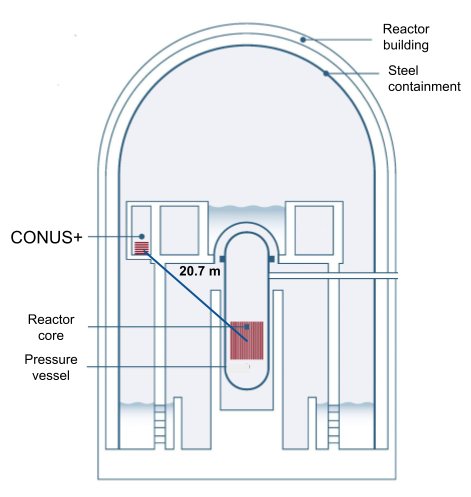
The detection of CEvNS is crucial for several reasons. Firstly, it provides insights into the weak force, one of the four fundamental forces that govern particle interactions. By analyzing CEvNS, researchers can further probe the parameters of the Standard Model, especially the weak nuclear force’s behavior. Secondly, CEvNS has practical implications for neutrino detection technology, potentially leading to more compact and efficient detectors. These benefits could markedly impact fields such as nuclear non-proliferation and astrophysics, where precise neutrino measurements are essential.
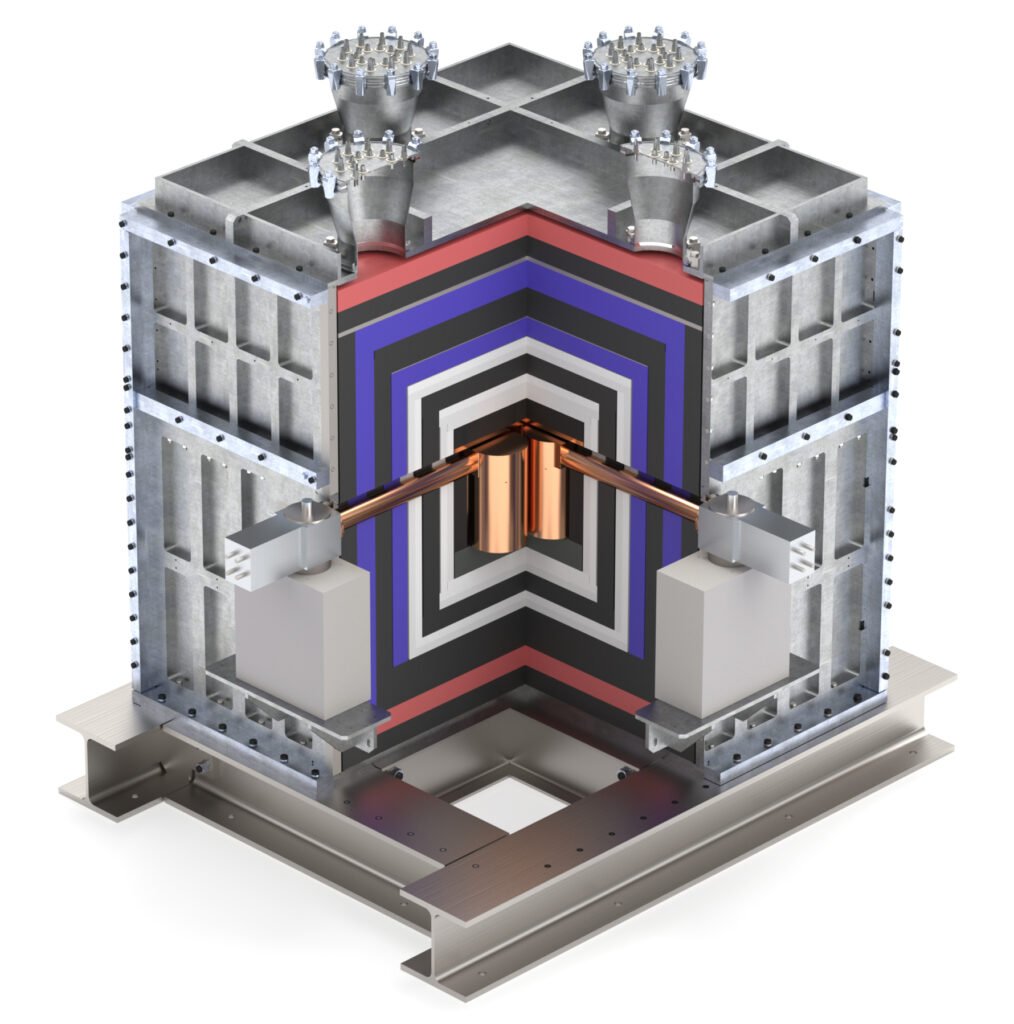
The success of the CONUS+ experiment is largely due to advancements in detection technology. Traditional neutrino detectors were bulky, requiring massive tanks of water or other materials to capture infrequent neutrino interactions. The CONUS+ team, however, utilized state-of-the-art germanium detectors. These detectors are smaller, more sensitive, and capable of operating under controlled conditions close to a nuclear reactor. Germanium crystals, thanks to their high purity and low threshold, are particularly well-suited for detecting the subtle recoil energy signals indicative of CEvNS.
Various improvements in instrument sensitivity were critical. The team minimized background noise, which often disguises the weak signals emitted during neutrino interactions. Shielding from ambient radiation and enhancing the precision of readout systems helped ensure that genuine neutrino interactions were accurately identified and recorded. Additionally, the careful calibration of the detectors, conducted under rigorously maintained environmental conditions, aimed to eliminate errors stemming from temperature fluctuations or mechanical vibrations.
The geographical and technological environment of the Leibstadt nuclear power plant also significantly contributed to successful neutrino capture. Reactors are prolific sources of electron antineutrinos, produced abundantly through fission processes. Positioning the detection apparatus near a reactor maximized the potential interactions between neutrinos and the detector material, making the site ideal for conducting such experiments. By integrating the detector within a reactor complex, scientists capitalized on the reactor’s continuous and robust neutrino flux, enhancing the experiment’s statistical power.
Beyond technical improvements, collaborative interdisciplinary efforts were essential. Physicists, engineers, and materials scientists worked in unison, leveraging expertise from diverse fields to address the challenges of neutrino detection. Their combined efforts led to the construction of a highly integrated detection system that fused cutting-edge materials science with innovative engineering solutions.
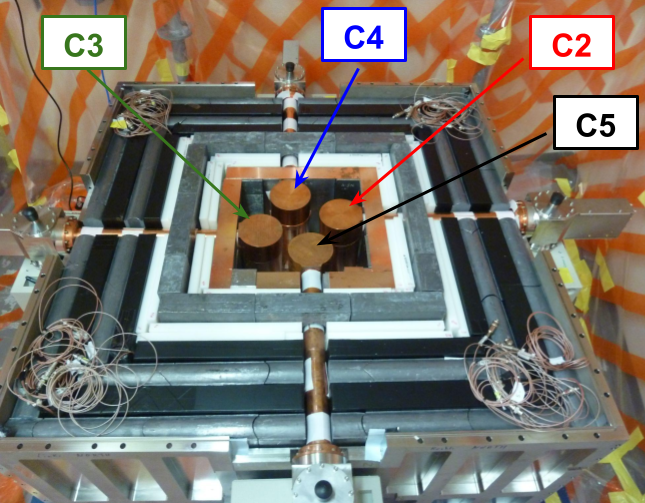
The adherence to strict safety and measurement protocols cannot be overstated. The nature of working near a nuclear reactor demands unwavering attention to safety, not only to ensure data integrity but also to safeguard those involved in the project. This included developing a comprehensive understanding of reactor operations to mitigate any potential impact on the detector’s performance.
Another transformative aspect of the CONUS+ experiment is what it heralds for future experiments. The successful capture of neutrinos through CEvNS is a promising sign for the development of even smaller and more efficient detectors. As the technology develops, the vision is to deploy portable neutrino detectors that could revolutionize both scientific research and pragmatic applications such as monitoring nuclear reactor statuses in real-time.
In the spirit of scientific progress, the CONUS+ experiment inspires discussions on expanding the potential of neutrino physics. This mountain of collaborative work not only demonstrates the advancements in technology and the understanding of fundamental particles but also stands as a beacon for the future of physics research. The implications of such experiments echo beyond the lab, promising a deeper comprehension of the universe’s underlying mechanisms and unearthing the secrets neutrinos hold within the cosmic order. For an exploration into the profound realm of heavy particles and their influence on our universe, the journey of neutrino research continues to inspire and intrigue physicists worldwide.
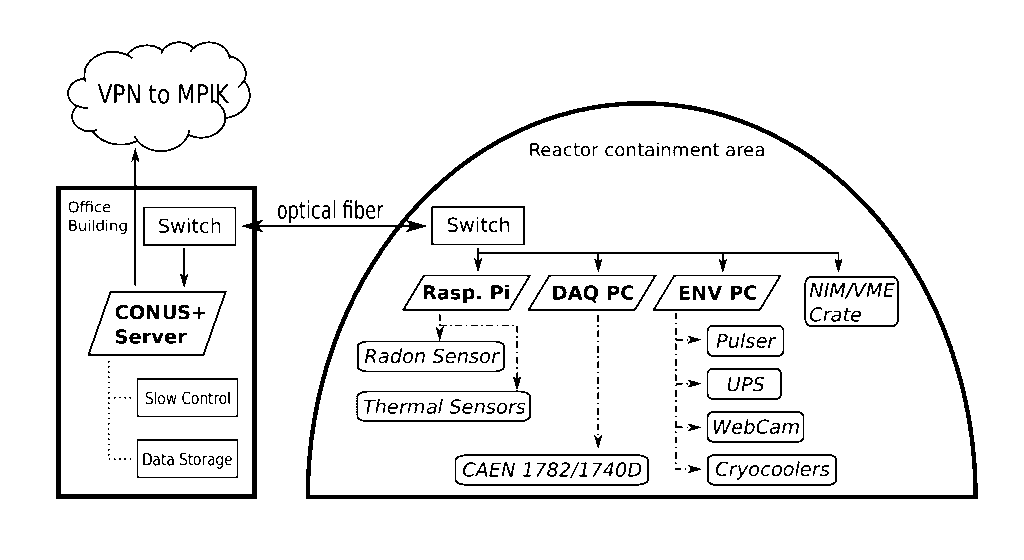
Mixing the strategic location, innovative detection technologies, and enhanced understanding of neutrino interactions like CEvNS, the CONUS+ experiment exemplifies the potential inherent in modern physics. By capturing the elusive neutrino, the scientific community continues to push the envelope, writing new chapters in the quest to decode the universe’s myriad mysteries.
Future Applications and Implications
The recent breakthrough at the Swiss reactor, where scientists successfully captured elusive neutrinos near the Leibstadt nuclear power plant, marks a significant step forward in our understanding of neutrinos. This discovery opens numerous doors for future applications and implications that extend well beyond the present moment. The potential of portable neutrino detectors, for instance, could revolutionize the way we monitor and understand nuclear reactors.
By developing small, portable neutrino detectors, we can enhance the security and efficiency of nuclear reactors. Such devices could enable real-time monitoring of a reactor’s operational status without requiring intrusive measures. The ability to detect and measure neutrinos emitted by nuclear reactors can provide an additional layer of oversight, ensuring that these facilities operate safely and within regulatory constraints. This advancement could also lead to more accurate data collection, ultimately improving our understanding of reactor dynamics.
Portable neutrino detectors could become essential for monitoring nuclear proliferation. By tracking neutrino emissions from reactors, authorities could verify compliance with international treaties without relying on satellite imagery or other indirect methods. This would greatly aid in nuclear non-proliferation efforts, providing transparent and reliable information about a nation’s nuclear activities.
Beyond applications in nuclear science, capturing neutrinos near reactors provides critical insights into fundamental questions in physics, particularly about the Standard Model. Neutrinos have been one of the least understood particles in this model, and their elusive nature has often left scientists grasping for concrete data. The improved ability to detect these particles allows us to test the predictions of the Standard Model more rigorously and pave the way for uncovering new physics beyond this established framework.
The implications of this breakthrough are not limited to confirming existing theories. It opens up possibilities for discovering unexpected phenomena that could redefine our understanding of the universe. For instance, any deviation from the expected neutrino behavior might hint at new particles or interactions unknown to science today. Furthermore, understanding neutrinos better may help us decipher the mysteries of dark matter and energy and the forces shaping our universe’s fate.
As these advancements continue, neutrino science is poised for rapid growth. The increased precision of neutrino measurements can lead to greater discoveries, such as determining the absolute mass of neutrinos, a question that has long puzzled physicists. Moreover, neutrinos could help us explore exotic celestial phenomena such as supernovae or neutron star collisions, unlocking the secrets of the cosmos that have remained hidden from our view until now.
Additionally, advancements in neutrino detection could inspire more interdisciplinary research, promoting collaboration across different scientific disciplines. By integrating insights from particle physics with astrophysics, nuclear physics, and cosmology, scientists can develop a more unified understanding of natural phenomena. Such collaborations could even extend into technology development, where engineers and physicists collaborate to design next-generation neutrino detectors with applications beyond pure science.
In the realm of education and outreach, these discoveries can inspire a new generation of scientists. By providing tangible examples of how basic research translates into technologies with societal impact, educators can engage students with the principles of physics and engineering. Such advancements invite students not only to understand the current achievements but also to envision future possibilities.
Lastly, the discovery at the Swiss reactor emphasizes the importance of sustained investment in science and technology. It highlights the role of basic research as a catalyst for technological innovation and its potential societal benefits. Encouraging such investments ensures a continual flow of breakthroughs, enabling us to solve pressing global challenges and improve human life.
The significance of capturing neutrinos near reactors extends far beyond particle physics. It ushers in new applications in nuclear monitoring, deepens our understanding of the Standard Model, and expands our view of the universe. As the field of neutrino science continues to advance, it invites us to remain curious and explore further details about these developments on blog page. We stand at the brink of new discoveries that promise to illuminate the intricate tapestry of the cosmos, guiding us toward a future filled with exciting scientific frontiers.
Final words
The successful detection of neutrinos by the CONUS+ experiment marks a significant scientific achievement. This breakthrough offers profound insights into neutrinos, opening pathways for mobile detectors and new physics discoveries. The advancements may reshape our understanding of particle physics and enhance practical applications.
References: https://arxiv.org/abs/2407.11912
